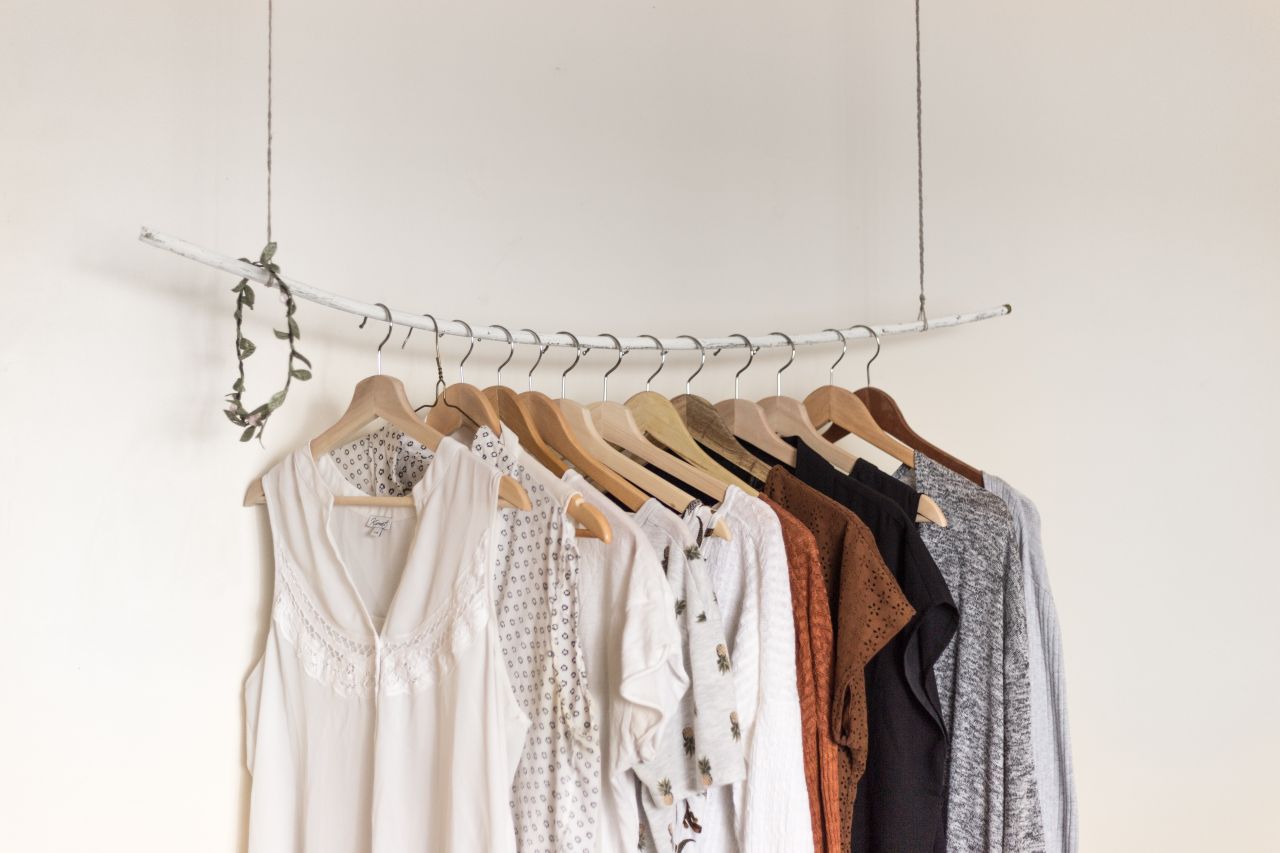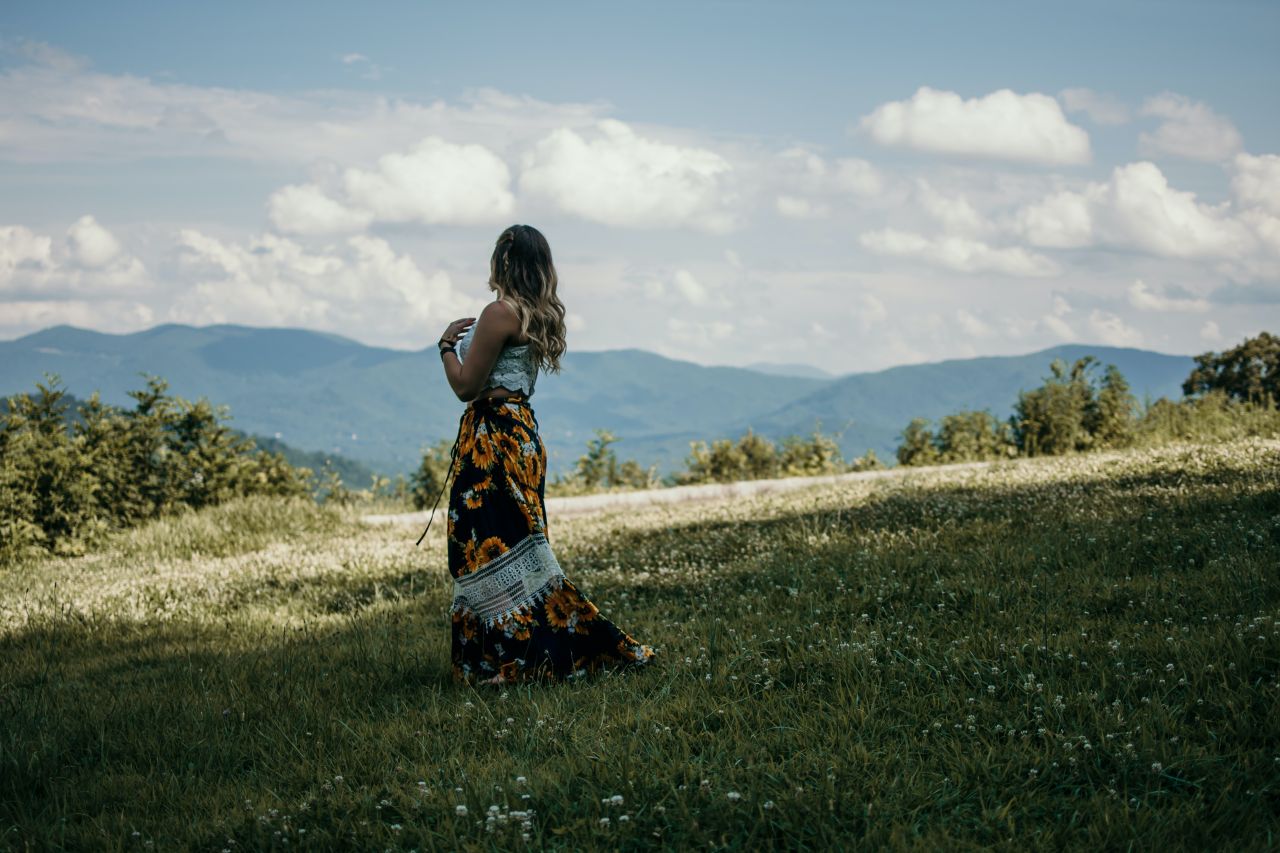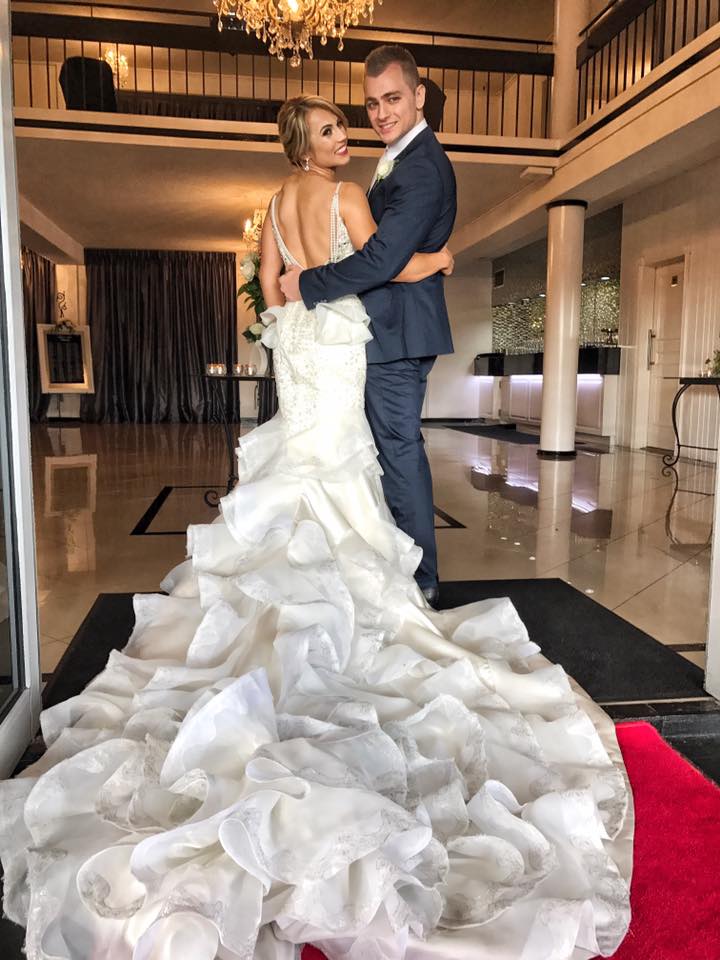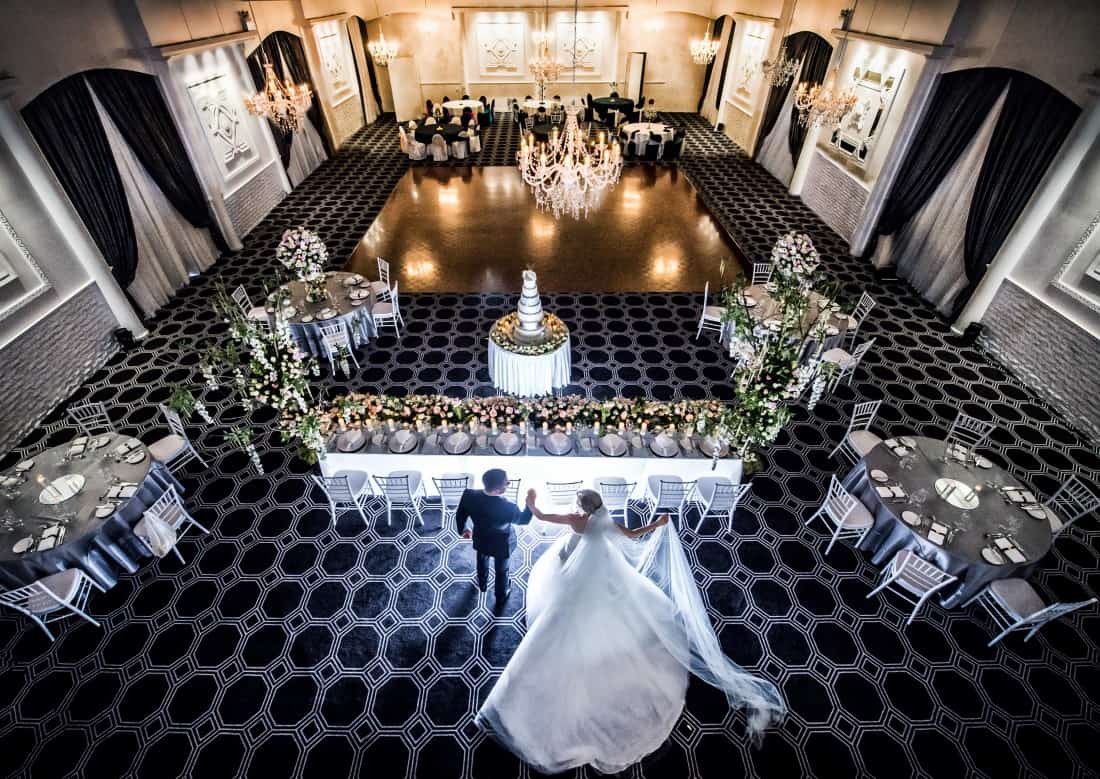When I planned my own wedding, I quickly realised that the traditional, cookie-cutter approach didn’t fit my partner and me. We wanted something that truly reflected our personalities — something laid-back, creative, and a little bit wild. That’s how I fell in love with the idea of a boho wedding. This free-spirited style is all about embracing individuality, nature, and a sense of freedom — and it’s perfect for couples who want a celebration that feels as unique as their love story.
Whether you’re drawn to earthy tones, whimsical florals, or vintage flair, boho wedding culture invites you to break free from the rules and create a day that’s 100% your own. From selecting the perfect venue to curating decor and attire, the possibilities are endless when it comes to making your boho wedding one to remember.
Key Elements that Define Boho Wedding Culture
A boho wedding isn’t just an event—it’s a vibe, a lifestyle, and a reflection of who you are as a couple. When my partner and I started talking about our wedding, we knew we wanted something that didn’t feel stiff or traditional. Boho wedding culture gave us the freedom to celebrate love in our own unique way. Here’s a breakdown of what makes a boho wedding truly special, starting with the elements that will shape your day.
1. Boho Wedding Venues: Finding the Perfect Nature-Inspired Setting
Picking the right venue is one of the first steps to nailing the boho vibe. The key here is to think naturally. Boho weddings are all about embracing the great outdoors, so choosing a venue that connects you with nature is a must.
For us, we knew an indoor ballroom or traditional reception hall wouldn’t give us the freedom we wanted. We explored rustic barns, beachside settings, and lush gardens. These types of venues allowed us to create an intimate atmosphere that felt connected to the earth, with plenty of space for creativity.
If you’re planning a boho wedding in Melbourne, think about places like the Royal Botanic Gardens for a garden ceremony or Alfred Nicholas Gardens for a forest-like setting. A converted warehouse with high ceilings and exposed brick can also serve as an unexpected yet perfect boho backdrop, combining rustic charm with industrial style.
2. Boho Wedding Decor: Creating a Relaxed, Organic Vibe
When it comes to decor, think less ‘stiff’ and more ‘flowing’. You don’t need everything to match perfectly—boho weddings are about mixing textures, colours, and styles to create a relaxed, eclectic feel. I’ll admit, there’s something freeing about not having to obsess over matching every little detail.
We incorporated vintage rugs, flowing fabric drapes, and wildflower arrangements that looked like they were picked straight from a meadow. Think wooden tables, macramé dreamcatchers, and crystal chandeliers hanging from tree branches. For the reception, we used mismatched chairs and table settings—some with lace runners, others with raw linen, creating an organic yet intentional chaos.
If you’re looking for unique decor, try exploring local markets or online marketplaces like Etsy for one-of-a-kind items. Look for things like macramé wall hangings, woven baskets, or candles in earthy tones. Using locally sourced flowers and plants is also a great way to make your wedding both beautiful and eco-friendly.
The Boho Wedding Experience: A Celebration of Individuality
A boho wedding is much more than just a style—it’s an experience. It’s a celebration of who you are as a couple and how you view the world. When planning your boho wedding, the focus is on embracing individuality and creativity, giving you the chance to design a day that’s completely yours.
As I planned my own wedding, one of the most important things I realised was that boho weddings aren’t about following a set of rules. Instead, they are about making bold choices that reflect your personal style, values, and beliefs. There’s no right or wrong way to do it—just embrace what feels right for you.
1. The Importance of Personalising Your Boho Wedding
One of the best things about a boho wedding is that it’s yours. There are no strict traditions or expectations to follow. That means you can incorporate meaningful elements that speak to you both.
For example, when I worked with a couple from Mornington Peninsula, they chose to include handfasting in their ceremony—an ancient Celtic ritual where the couple’s hands are bound together with a cord, symbolizing their union. This moment of connection became one of the highlights of their ceremony. It added a deeply personal touch to their wedding that perfectly matched their boho, nature-loving style.
Don’t be afraid to get creative with your ceremony. Whether it’s writing your own vows, incorporating cultural rituals, or having a friend officiate, it’s all about making the day truly reflect your relationship. Think about what makes your bond unique and build that into your wedding.
2. Sustainable Practices at Your Boho Wedding
Boho weddings lend themselves naturally to eco-friendly choices. From natural, biodegradable confetti to using locally sourced flowers, there are countless ways to reduce your environmental footprint while still having an unforgettable celebration.
When my partner and I got married, we were keen to keep our event as sustainable as possible. We worked with local florists to create arrangements using seasonal flowers, which meant less waste and a fresher look. For our wedding favours, we opted for small potted plants instead of traditional gifts. Guests loved the idea of taking home something they could plant and enjoy long after the wedding was over.
Sustainability doesn’t stop at flowers and favours—consider your food and drink choices as well. We chose a caterer who used organic, locally sourced ingredients and served dishes family-style, which reduced food waste and created a warm, communal vibe. Sustainable doesn’t mean sacrificing style—it just means being mindful of how we treat the environment while celebrating love.
3. Boho Wedding Food and Entertainment: A Taste of the Unconventional
Just like your decor, the food and entertainment at a boho wedding should reflect the spirit of creativity and individuality. This is where you can get really fun and experiment with different flavours and formats.
For our wedding, we worked with food trucks that offered a variety of casual, global-inspired options—from wood-fired pizzas to gourmet tacos. It wasn’t just the food that was unique; the setup itself added to the boho vibe. We had a few roaming vendors serving drinks and snacks, allowing guests to mingle and try different flavours as they roamed the grounds.
If you’re planning a boho wedding in Melbourne, look into hiring food trucks that offer everything from artisanal ice cream to tapas. Or if you prefer a sit-down meal, a farm-to-table experience with locally sourced ingredients is a perfect fit. You can even add an interactive touch, like a DIY cocktail bar or a dessert table featuring a variety of sweet treats.
For music, go with something that matches the relaxed, free-spirited vibe. You could hire a local acoustic band or a DJ who’s skilled at mixing laid-back tunes. We worked with a fantastic duo that played a mix of folk and indie hits, and it set the tone for the entire evening. If you have a particular genre or band you love, make sure to incorporate that into your music selection—it’s your day, after all.
Styling Your Boho Wedding: From Attire to Decor
The beauty of a boho wedding is that it’s incredibly versatile when it comes to style. It’s a celebration of individuality, so the way you style your wedding—from your attire to the decor—should reflect who you are as a couple. Whether you’re leaning into earthy tones, vintage florals, or eclectic charm, there’s no limit to what you can do.
I remember spending hours, days even, looking through Pinterest boards filled with boho wedding ideas. While there are endless possibilities, I found it helpful to focus on elements that really felt like “us.” Here’s how you can bring your boho vision to life through your styling choices.
1. The Boho Bride: Finding Your Dream Boho Wedding Dress
For me, the wedding dress was one of the most exciting parts of the planning process. But when I started looking, I quickly realised that traditional bridal shops weren’t quite my style. Boho wedding dresses are all about flow, movement, and comfort, so the fabric and silhouette are key.
I chose a gown that had delicate lace and bell sleeves—very 70s, very boho. The best part? It was comfortable! I didn’t feel restricted by stiff fabrics or a heavy train; I could dance freely, and that was exactly what I wanted.
Boho wedding dresses often feature relaxed, flowing silhouettes made from light fabrics like chiffon, silk, or lace. You can go for something romantic with delicate lace details or choose a minimalist design with simple lines and earthy tones. Don’t forget about accessories, like flower crowns or intricate headbands, which add to the boho aesthetic. And if you’re looking for a more modern take on boho, dresses with fringe details or a high-low hemline can work beautifully too.
In Melbourne, there are fantastic bridal salons that specialise in boho styles, such as The Bridal Atelier in Richmond or Cameo Bridal in Fitzroy. They offer a great selection of dresses with that effortless boho vibe.
2. Boho Groom’s Look: Relaxed Yet Refined
When it comes to the groom, the boho look is all about comfort and relaxed style, but that doesn’t mean you can’t still look sharp. You don’t have to wear a formal suit with a tie—think more along the lines of light linen shirts, suspenders, or chinos.
For my wedding, my partner wore a classic white shirt with rolled-up sleeves, paired with navy chinos and a vintage leather belt. It was simple, yet sophisticated. He added a few boho touches, like a pocket square made from a hand-stitched piece of fabric and a bohemian-style bracelet. It was an effortless look that perfectly complemented the vibe we were going for.
Grooms can also get creative with footwear—think sandals, boots, or even going barefoot if you’re tying the knot on a beach or in a garden. The key is to stay comfortable while maintaining a polished appearance. And if you like a bit of flair, a patterned tie or floral boutonniere can add a fun touch to the overall look.
3. Setting the Scene with Boho Decor
When it comes to decor, the goal is to create a space that feels organic, whimsical, and welcoming. Think earthy tones, natural materials, and eclectic designs. You don’t need everything to match—mixing textures and styles adds to the charm of the boho aesthetic.
We used lots of vintage pieces—old wooden crates, mismatched chairs, and mismatched tableware. I wanted each table setting to feel like a little piece of art. The flowers were wild and free—unstructured bouquets with a mix of greenery, lavender, and seasonal blooms. For the reception, we hung fairy lights in the trees, creating a magical canopy above our guests. It was relaxed, yet beautiful, and it gave off the perfect boho vibe.
In Melbourne, vintage shops or second-hand markets can be goldmines for boho decor. Consider shopping at places like Camberwell Market for unique finds, from vintage glassware to wicker baskets, or explore Vino & Vittles in Fitzroy for rustic tableware and decor that’s perfect for a boho celebration.
Making Your Boho Wedding Unforgettable
A boho wedding is all about creating a laid-back yet unforgettable experience for you and your guests. From personalised touches to unique traditions, these elements will ensure that your big day stands out as something truly special. It’s about embracing creativity, love, and authenticity from start to finish.
1. Guest Comfort: Creating a Relaxed and Welcoming Atmosphere
One of the things that I noticed at my own wedding was how much the atmosphere impacted the experience. A relaxed vibe is key to a boho wedding, and that includes making sure your guests feel comfortable and at ease. Remember, it’s not just about how beautiful the ceremony is—it’s about the memories your guests walk away with.
For example, we opted for cushions and throw blankets scattered around the venue to give guests a comfortable place to relax, while also adding to the aesthetic. It was also important to have a mix of seating options—some soft lounge areas, some wooden benches, and even hay bales covered in linen for a rustic touch. When planning, keep in mind that some of your guests may not be accustomed to sitting on the floor for long periods, so it’s essential to provide enough comfortable seating.
If you’re hosting an outdoor wedding, consider providing sun hats, fans, or even a cooling station in case the weather turns warm—Melbourne’s weather can be tricky! You could also have a drinks station or mobile cart with refreshing beverages (perhaps infused water or iced tea) to keep everyone hydrated.
2. Making a Memorable Send-Off: Boho Wedding Traditions
The send-off is often one of the most memorable moments of any wedding, and a boho wedding provides plenty of creative opportunities for this. Instead of the usual confetti or rice, try something that fits your theme and adds a whimsical flair.
For our send-off, we opted for biodegradable flower petals—lavender, rose petals, and wildflowers—creating a vibrant shower as we exited the ceremony. The petals were scattered across the ground and tossed into the air, adding a magical, ethereal quality to the moment. It felt like a natural and eco-friendly way to celebrate, and it looked gorgeous in our photos.
Other fun ideas for a boho-inspired send-off include blowing bubbles, waving coloured scarves, or handing out sparklers for an enchanting evening exit. You could also ask your guests to write wishes or notes for you on small pieces of paper to be tied to floating balloons, adding an element of love and joy to your departure.
3. Budgeting for Your Dream Boho Wedding
A boho wedding doesn’t have to break the bank. While some boho elements may feel a bit indulgent, there are plenty of ways to keep costs in check without sacrificing style. One of the most helpful tips I received during my own wedding planning was to allocate funds based on what mattered most to me and my partner, while finding creative ways to manage the rest.
Start by identifying your priorities. Is a breathtaking venue your number one? Or is your dream dress at the top of the list? Once you know where you want to invest the most, allocate your budget accordingly. For example, choosing a more affordable venue like a rustic barn or local vineyard can free up funds for a beautiful, one-of-a-kind dress.
As for decor, I recommend looking into DIY options for things like centrepieces, garlands, or signage. These simple yet personal touches can help save costs while adding a unique flair to your event. Check local markets, thrift stores, or online sites like Facebook Marketplace for vintage furniture and decor to create the boho look on a budget.
To keep track of your finances, consider using wedding budget spreadsheets or apps. They can help you stay organised, track your spending, and make adjustments where needed.
Creating Your Dream Boho Wedding
A boho wedding is all about embracing individuality and celebrating the things that make your love unique. From choosing the perfect venue and creating your decor to picking the ideal attire and offering your guests a relaxed, unforgettable experience, the possibilities are endless. Whether you’re drawn to earthy tones, vintage-inspired florals, or a laid-back vibe, boho wedding culture gives you the freedom to design a day that’s 100% you.
When planning your boho wedding, remember to stay true to what feels right for you as a couple. Don’t be afraid to break away from tradition and create something that reflects your style, values, and creativity. With a little thought and a lot of heart, you can create a wedding that’s as unique and beautiful as your love story.




